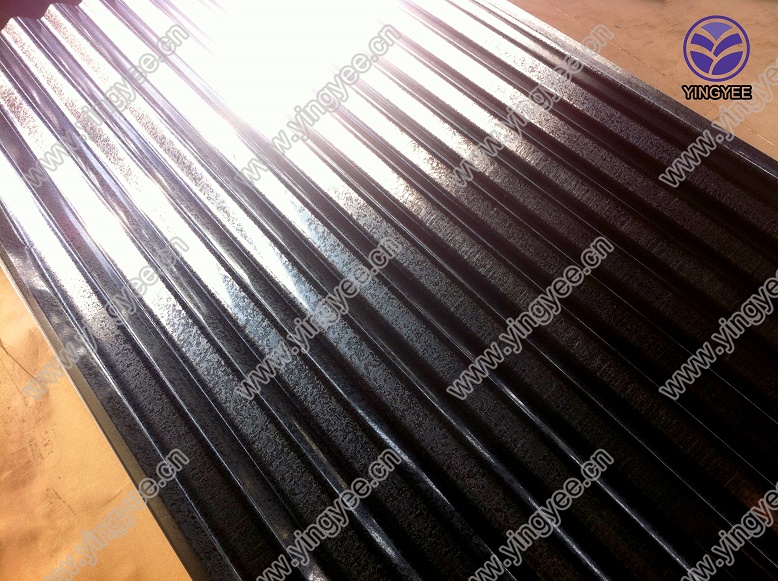
Understanding Stud and Track Roll Forming Machines
Roll forming is a highly efficient manufacturing process that produces long lengths of metal products with a constant cross-section. Among the various applications of roll forming, one of the more specialized methods involves the fabrication of stud and track systems, which are crucial components in the construction and building industries. This article aims to explore the significance of stud and track roll forming machines, their functioning, advantages, and applications.
What Are Stud and Track Systems?
Stud and track systems are framing structures commonly used in drywall installation. The studs serve as vertical supports, while tracks are horizontal components that hold the studs in place at the top and bottom. These systems provide structural integrity to walls by distributing loads evenly and allowing for easier installation and finishing of drywall.
Steel is the most commonly used material due to its strength and durability. However, the precision required in producing these components demands advanced manufacturing techniques, prompting the use of roll forming machines designed specifically for this purpose.
The Functionality of Stud and Track Roll Forming Machines
Stud and track roll forming machines are sophisticated pieces of equipment that work by continuously feeding a flat strip of metal through a series of roller dies. As the material passes through these rollers, it is gradually formed into the desired cross-sectional shape. The machine typically consists of several key components
1. Feeding Mechanism This system accurately feeds the metal strip into the rollers at a controlled rate.
2. Roller Die Set A series of rollers shape the metal into the final cross-section of the stud or track. These dies are meticulously designed to ensure precision and consistency.
3. Cut-Off Mechanism After the desired length is formed, a cut-off mechanism is executed to section the metal into manageable pieces.
Advantages of Stud and Track Roll Forming Machines

The use of roll forming machines for stud and track components presents several significant advantages
1. High Precision Roll forming offers consistent and precise shapes, minimizing waste and ensuring uniformity across production runs.
2. Speed and Efficiency Continuous production capabilities enable manufacturers to produce large quantities of components in a relatively short period, dramatically reducing labor costs.
3. Material Utilization The process maximizes the use of raw materials, leading to cost savings and less environmental impact.
4. Versatility These machines can be easily adapted to produce various profiles for different applications, making them suitable for a wide range of projects and industries.
5. Strength and Durability The resulting stud and track systems are robust, providing the necessary support for construction projects while also being lightweight.
Applications of Stud and Track Roll Forming Machines
The primary application of stud and track roll forming machines is in the construction industry, particularly in the installation of interior drywall systems. However, their utility extends beyond this sector. Stud and track systems can also be found in various architectural and engineering frameworks, providing flexible solutions for commercial, residential, and industrial buildings.
Additionally, these machines are crucial in modular construction systems, which are gaining popularity due to their efficiency and reduced construction times. With the increasing demand for sustainable building practices, manufacturers are turning to roll forming solutions that allow for rapid assembly and waste reduction.
Conclusion
In summary, stud and track roll forming machines play an essential role in modern construction practices, delivering precision-engineered solutions for metal framing needs. Their efficiency, versatility, and durability make them indispensable in producing reliable and cost-effective building components. As technology advances, these machines will likely see further innovations that enhance their capabilities and the efficiency of the construction process. With the growing trends toward modular and sustainable construction, the significance of stud and track roll forming will only continue to rise, shaping the future of building design and fabrication.